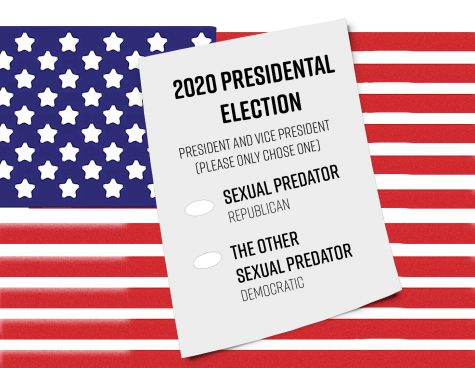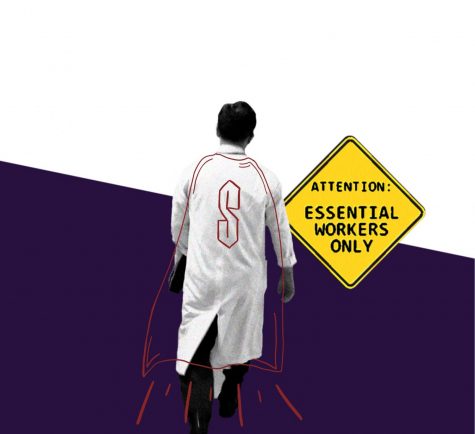Misconceptions About Immigration
As someone who comes from an immigrant family, even I was led to believe that immigrants are dangerous and a burden on the U.S. economy. I want to challenge that narrative.

If you hear the word “immigrant,” you might have some specific images or words in your head. And it’s probably not because you are racist or bigoted, but because you have been led to believe a single story about immigrants in the United States. This dominant narrative about immigration and what it explicitly means is communicated via the news, social media and even authority figures in your life.
As someone who comes from an immigrant family, even I was led to believe in the single story—the story that says immigrants are dangerous, illegal and a burden on the U.S. economy. I read the articles and watched the films and believed every false message shown to me about my own parents’ experience. After a long process of breaking down the stereotypes I had against myself and other families like mine, I can hear the word “immigrant” and not assume a false, monolithic definition of the term.
I want to challenge that narrative and tell you why all of the stereotyped perceptions about immigration are false. The Teaching Tolerance Project, created by the Southern Poverty Law Center, published an article that details how to teach immigration in the midst of the misconceptions students bring about the topic. Four statements in their article that I want to focus on are: “most immigrants are here illegally,” “immigrants take good jobs from U.S. citizens,” “‘the worst’ people from other countries are coming to the United States and bringing crime and violence” and “we can stop undocumented immigrants coming to the United States by building a wall along the border with Mexico.”
When I was younger, I believed that “immigrant” was a synonym for “illegal,” but the truth is that of the 43 million foreign-born people who were living in the United States in 2014, 44 percent of them were naturalized U.S. citizens, 27 percent were legal permanent residents or green-card holders and the rest were immigrants who were unauthorized. This means that about 71 percent of foreign-born people who live in the United States live here legally.
Another misconception about immigrants is the tale that they come to our country to take our jobs. According to The Teaching Tolerance, however, natural-born U.S. citizens outnumber naturalized citizens and non-citizens in every industry and occupation. Additionally, undocumented immigrants only make up five percent of the entire civilian workforce.
When President Trump uses vocabulary like “bad hombre,” “drug dealer,” “rapist” or “criminal” when referring to immigrants, he further demonizes the image of an immigrant in the minds of the people he serves. On an influential and powerful platform, the president has the ability to make the public believe in the stories he tells. The stories he does not tell are the ones of immigrants coming to the United States to work, to be reunited with family or to escape a dangerous situation. Those stories represent most of the immigrant population, not situations of violent crime.
One of the most dominant narratives about immigrants in the United States is the one about immigrants who come from Mexico. Many people believe that a wall along the border is the solution to undocumented immigrants and the destruction they cause in the United States. While the majority of unauthorized immigrants in the United States are from Mexico, that number is declining as the number of immigrants from Asia, Central America and Africa are increasing. If this is the case, a wall would be useless.
The four statements I disproved in this article are only the baseline for what else needs to be dispelled. I urge people to challenge single-story descriptions of immigrants and think about where those stories are coming from. Listen to and support people who come from immigrant families because they can prove first-hand why those narratives are false. It is difficult because those messages have been explicitly and subliminally told to us over time. What will make it easier, however, is the consistent pursuit of the truth. The dominant narrative of immigration being told to Americans is not the truth, and in seeking that, we can realize that the truth surpasses any political affiliation or message of those in power.
Your donation will support the student journalists of Saint Louis University. Your contribution will help us cover our annual website hosting costs.









